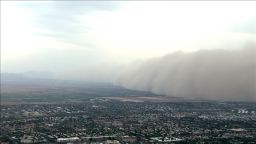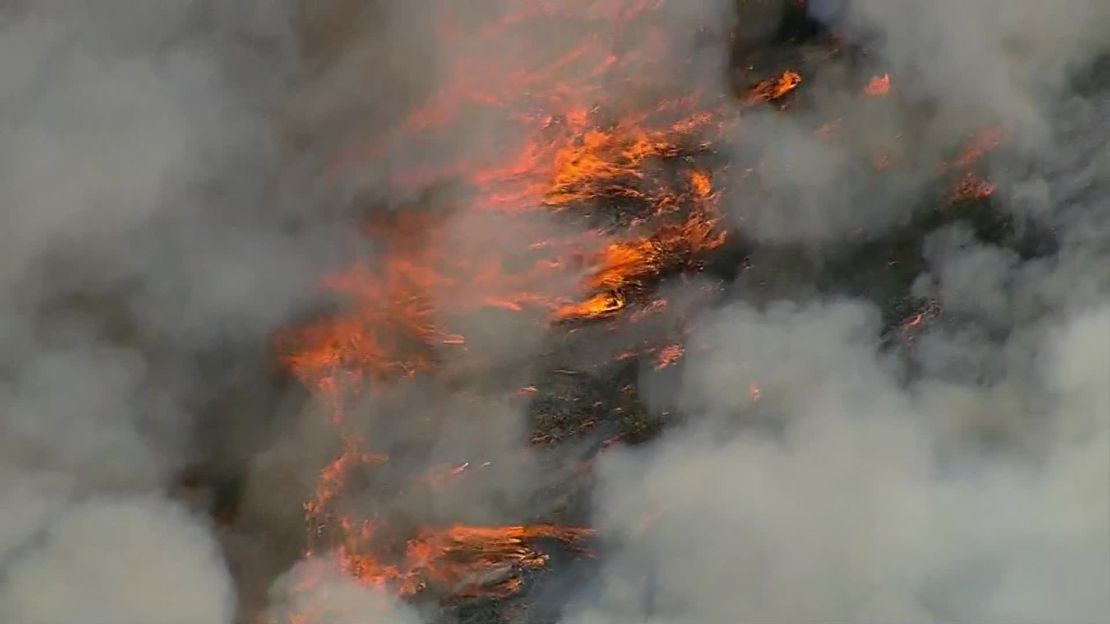The US Southwest may have to wait for those jaw-dropping walls of dust, heavy rains and photogenic lightning strikes.
Meteorologists at the National Weather Service office in Tucson, Arizona, are calling for a delayed start to the seasonal shifts in winds that bring these powerful forces of mother nature to the region.

Why the delay? You can blame it on the climatological pattern known as El Niño.
El Niño, which is characterized by warmer-than-normal sea surface temperatures in the tropical Pacific, affects weather patterns globally through shifting wind patterns in the atmosphere.
The opposite phase of cooler-than-normal sea surface temperatures is known as La Niña.
When will the rains begin?
The North American monsoon has an official start date of June 15.
However, widespread thunderstorm activity picks up closer to the middle of July. Monsoon storms typically persist until the end of the September when high pressure over the Four Corners region – where Colorado, Utah, Arizona and New Mexico meet – pushes south and dries out the area.
The outlook released last month said weak El Niño conditions will continue through the summer and fall.
Temperature differences between land masses and the sea in the tropics drive the seasonal reversals in the wind, and the change in ocean temperature from El Niño alters these winds.
A lingering El Niño can cause a slower progression of the monsoon, delaying the southerly winds that draw up moisture from the Gulf of California.
What this means for drought and fires
While the onset of the monsoon is expected to be later than normal, the intensity of thunderstorms during the season is still in question.
It will depend on how the tropics in the eastern Pacific behave. They are typically active during El Niño as the ocean temperatures are warmer.
“Rainfall during the latter part of the monsoon could be enhanced by tropical weather systems feeding off warmer ocean temperatures,” according to the National Weather Service outlook.
If tropical disturbances approach the Baja California Peninsula, the monsoon flow can tap into their moisture, which increases storm activity over Southern California and Arizona.
Drought across the desert Southwest is low, but wildfires have already made news this year in California and Arizona.

Wildfires remain a concern, with much of the vegetation grown from the extremely wet winter dried out and making a perfect fuel source.
Residents in the Southwest should take time to prepare property and families for when thunderstorm activity and dust storms begin.
